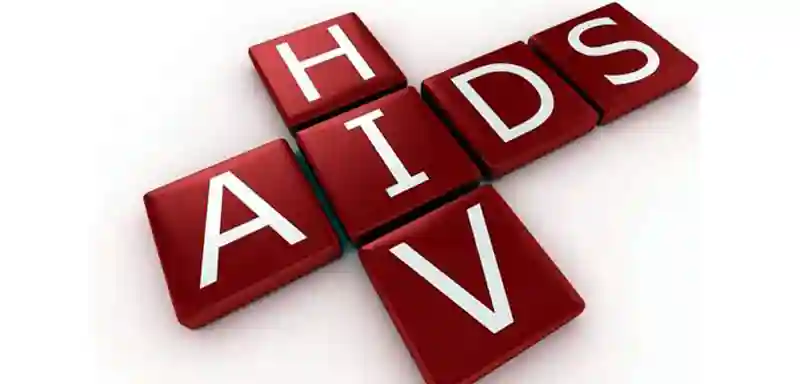Zimbabwe’s significant progress in HIV treatment is under threat from emerging resistance to dolutegravir (DTG), a key life-saving drug used in Antiretroviral Therapy (ART).
Over 1.2 million people in Zimbabwe are currently on ART, representing around 90% of those living with HIV.
However, the rising cases of resistance to DTG pose a serious threat to Zimbabwe’s progress in managing HIV, putting at risk the country’s hard-won gains in treatment and prevention.
In an interview with an online publication, Dr Cleophas Chimbetete, Director of Training and Research at Newlands Clinic, said that there is an urgent need to discuss future treatment options after the third-line ART regimen, in light of increasing resistance.
He said Zimbabwe’s HIV treatment guidelines are based on recommendations from the World Health Organization (WHO), which continues to inform the country’s approach to managing HIV care. Said Chimbetete:
These guidelines recommend that individuals testing HIV-positive start a combination of three medicines, known as first-line ART.
If the virus becomes resistant to these medicines, patients are switched to second-line ART, and subsequently to third-line ART if necessary.
We’re beginning to see resistance to Dolutegravir… previously, the need for guidance on what to do after third-line treatment failure wasn’t there, but now we need to start having that conversation.
Dr. Chimbetete stressed the need for research on DTG resistance, updated national guidelines for post-third-line treatment failure, ongoing healthcare worker training, and improved patient adherence.
As a member of the Zimbabwe HIV Clinicians Society, he is actively addressing these issues.
The Society, alongside healthcare professionals and stakeholders, recognizes the urgency of action to meet Zimbabwe’s commitment to the UNAIDS 95-95-95 targets: 95% of HIV-positive individuals knowing their status, 95% on treatment, and 95% achieving viral suppression.
More: Pindula News

